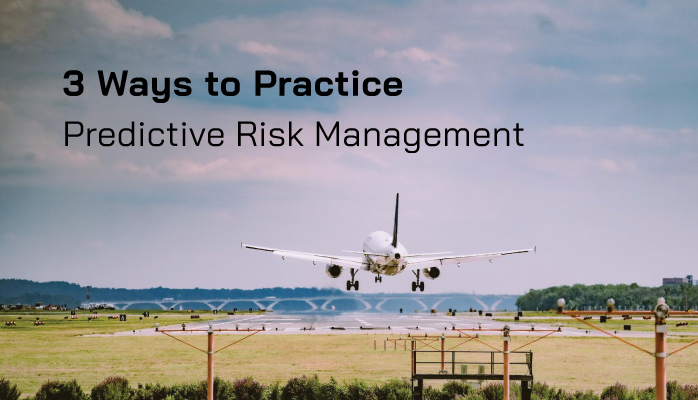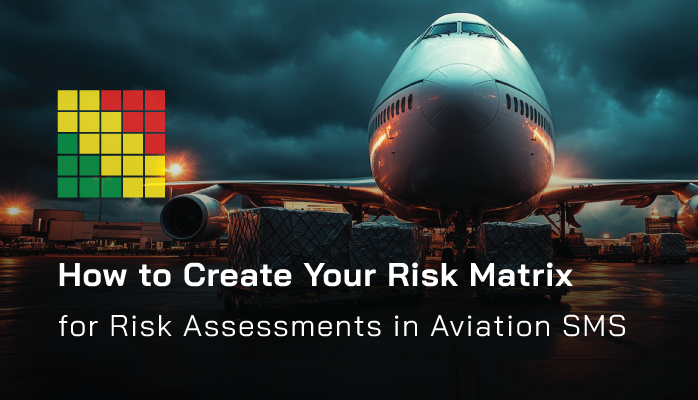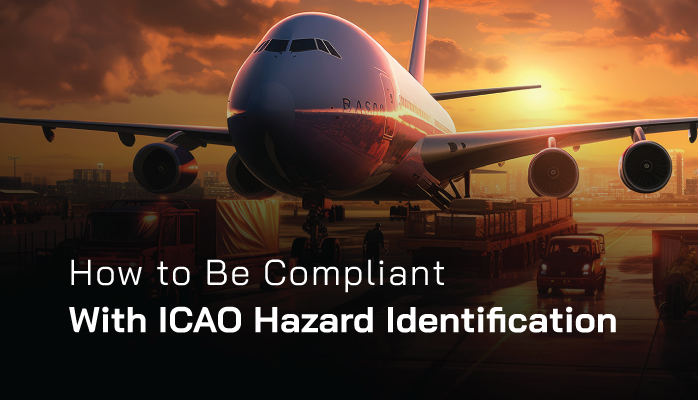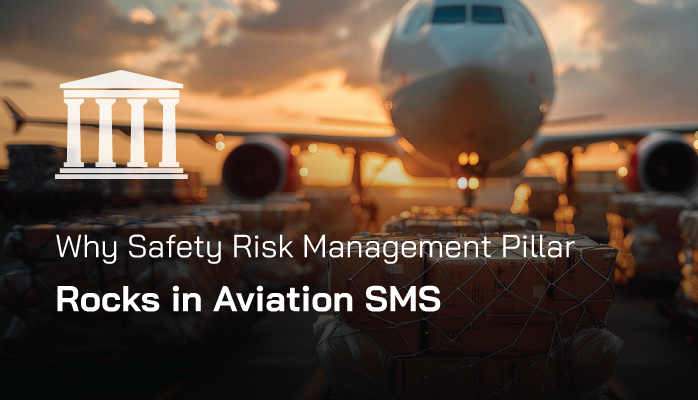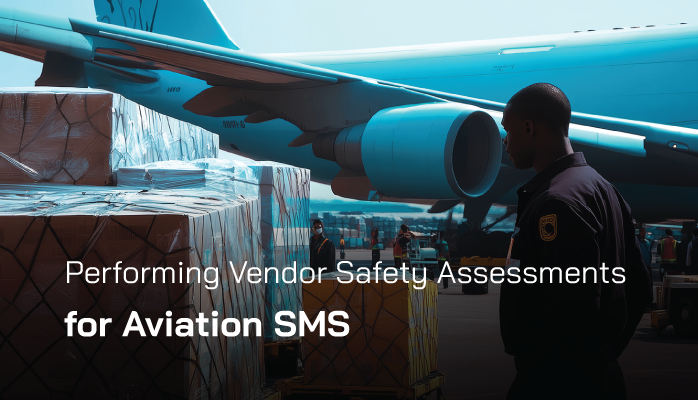What Is Participation in Your SMS
Employee participation in your aviation SMS is critical to its maintainability. We do this over and over, where the SMS is being pushed by one person and when that person leaves, the program falls apart.
One of the primary goals of generating good involvement is creating a sustainable SMS.




